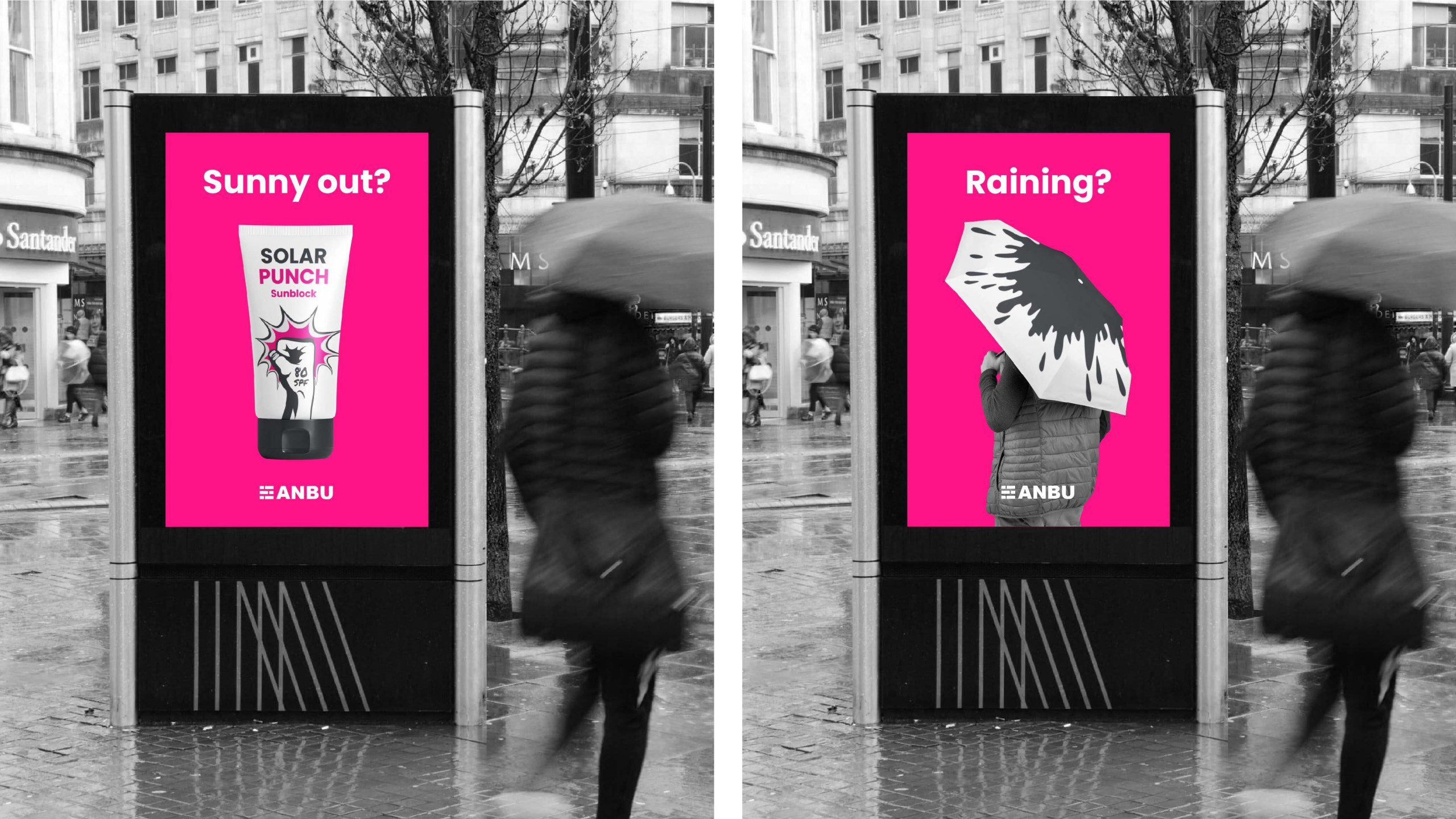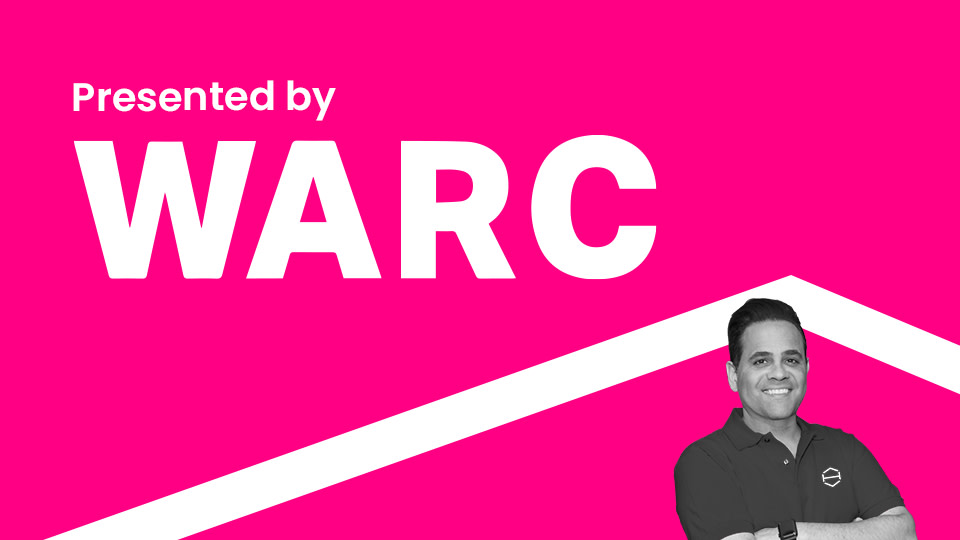July 19, 2021 | Blogs
The Fundamentals of OOH: DOOH vs programmatic DOOH

Before we jump into the details, there is one thing you need to remember: programmatic DOOH (also known as pDOOH) isn’t a vastly different channel from DOOH or OOH, it’s simply a different way to buy digital out of home (DOOH) inventory.
If programmatic = automation, then programmatic DOOH = leveraging machine learning and data to automate the planning, buying, targeting, selling, delivering and measuring of ads across digital screens out of the home. Better yet, this technology can be used by the entire advertising ecosystem, meaning both advertisers and publishers can utilize programmatic DOOH to improve their bottom line and see real world business outcomes.
Let’s break it down:
Buying process. In terms of process, programmatic DOOH uses a demand side platform (DSP) in order to programmatically buy, sell and deliver ad inventory in real-time. The biggest advantage, compared to the manual buying process through a CMS or loop-based model, is the ease of activation and efficiency of buying several media agencies supply through one platform.
Targeting. Shifting away from the traditional OOH and DOOH approach of targeting screens or locations, programmatic DOOH leverages a data-driven approach and focuses on targeting audiences and impressions. Programmatic creates measurable, highly-targeted campaigns by utilizing geolocation data to activate the best DOOH ad inventory in real-time based on consumer behaviour and audience movement patterns.
Measurement. When it comes to measurement, programmatic DOOH is revolutionising how campaigns are measured in OOH.
Programmatic can measure:
Real-time in-flight campaign pacing
Impressions served
Full-funnel attribution
Brand awareness, lift or recall (via 3rd party surveys and partners)
Intent & Consideration (via device graph partners)
Footfall traffic and in-store visitation
Outcomes based on first party data
Ad serving. In terms of media, digital assets aren’t scheduled within a repeating playlist for a specified time, instead they are dynamically sent to the inventory before the campaign is activated in real-time. The terms are simple and are also much more simple: you only buy one impression at a time.
Efficiency and ease of use. pDOOH doesn’t rely on direct communication, offline agreements or manual scheduling. Transactions are made through online marketplaces, DSPs, SSPs (supply side platform), or an Ad Exchange and all agreements are centralized within the platform.
Pricing. Prices are not decided by inventory booking rates, programmatic offers prices in real-time and charges based on impressions delivered.
Decision making is also automated. DOOH puts the onus on the buyer to manually select and negotiate inventory rates and flights, whereas with programmatic DOOH, the DSP decides how to bid for an impression, the SSP decides who wins the impression in both open real time auction or a private marketplace (PMP).
Inventory management. Finally, publishers no longer need to manage campaigns, instead, parameters are pre-set within the SSP and DSP platforms and the rest is automated!
Although very similar with incredible benefits across the board, programmatic DOOH is the medium which has seen the most growth in terms of adoption over the past 18 months. Unpredictability is no match for data and automation, which is why brands, agencies and media owners are putting their trust into our leading full stack platform, either through the Hivestack DSP, or the Hivestack SSP.
Looking to learn more? We wrote an intro to pDOOH article detailing the benefits of programmatic digital out of home for advertisers and media owners, as well as how you can get started with programmatic ad buying.


